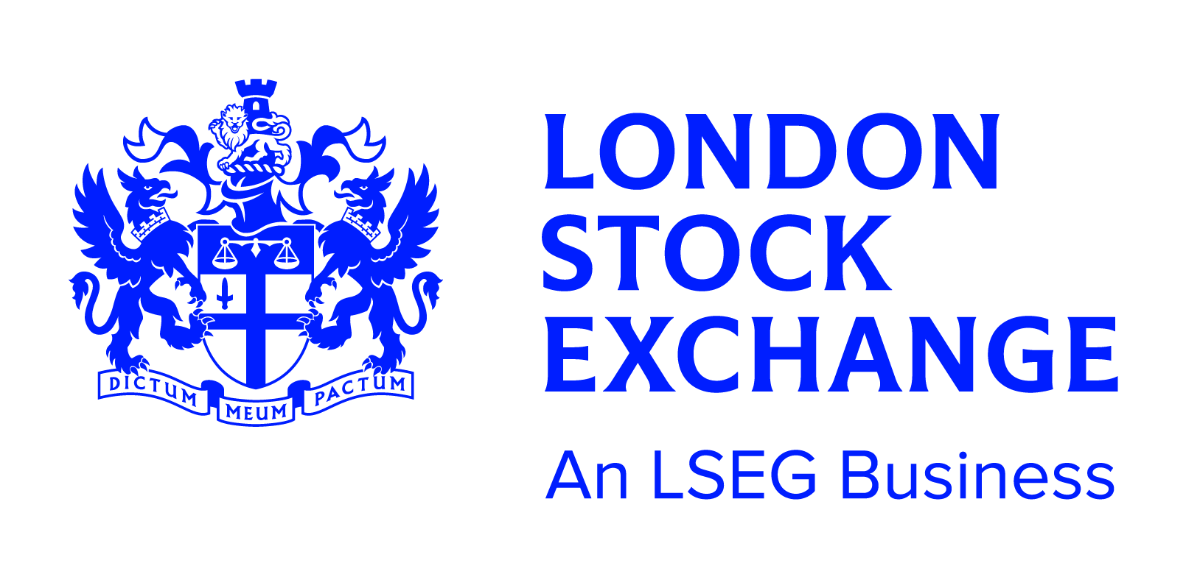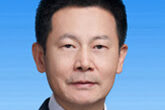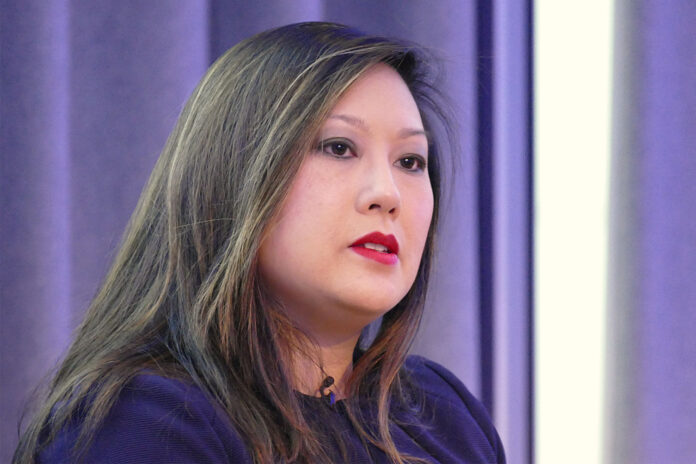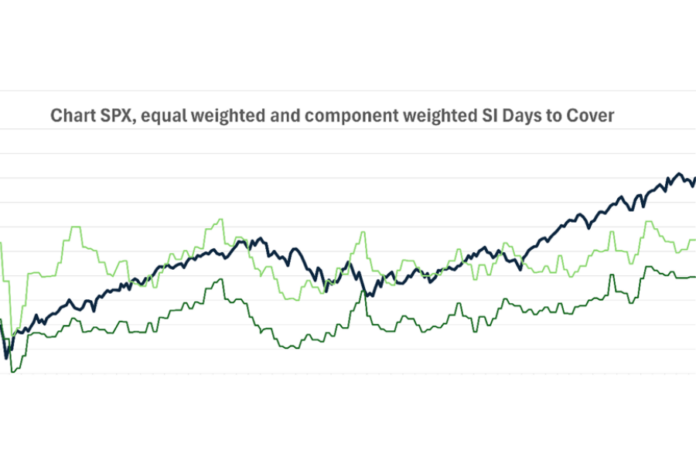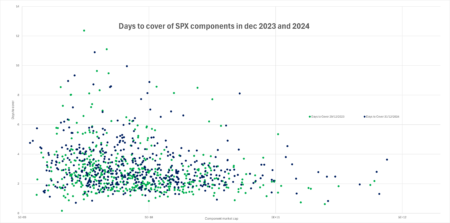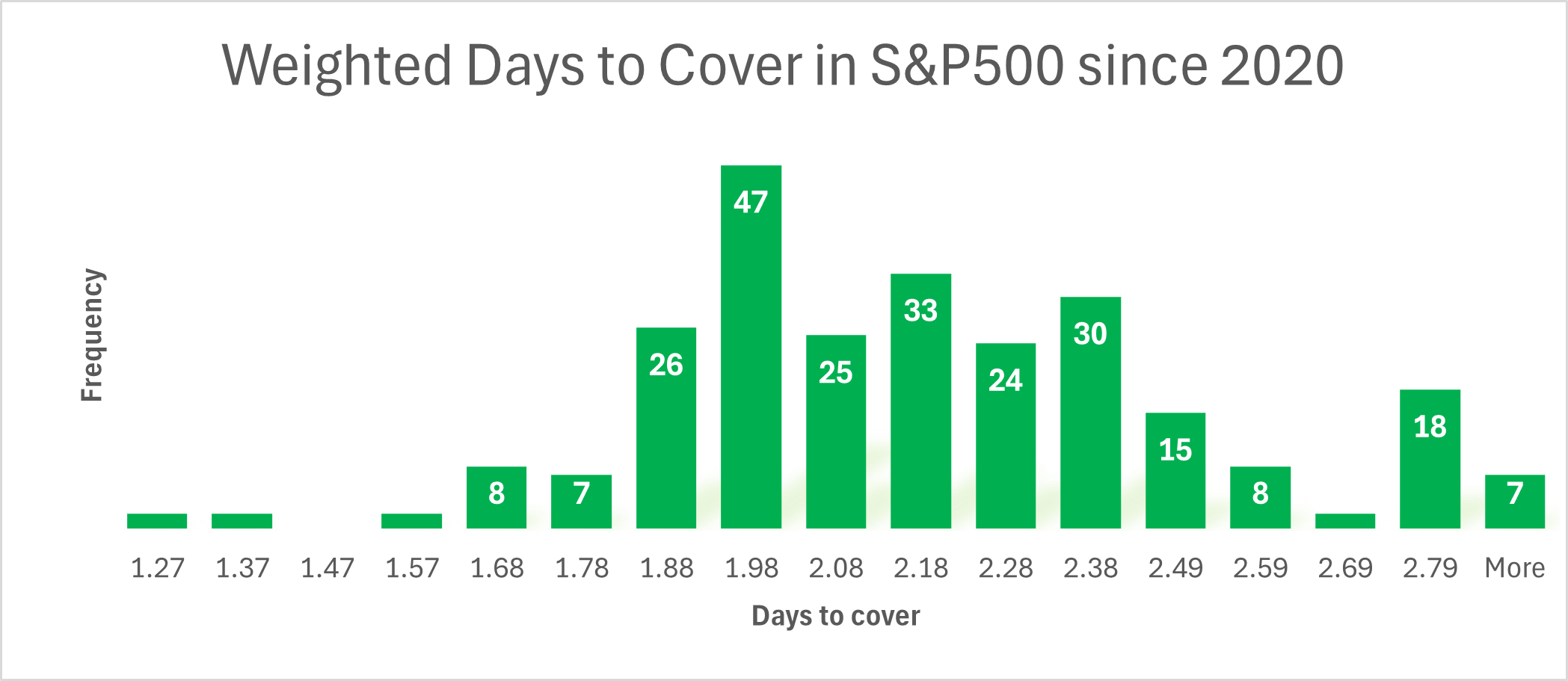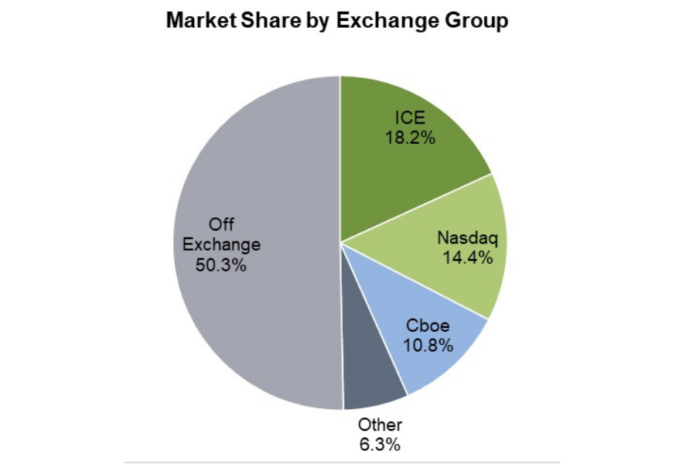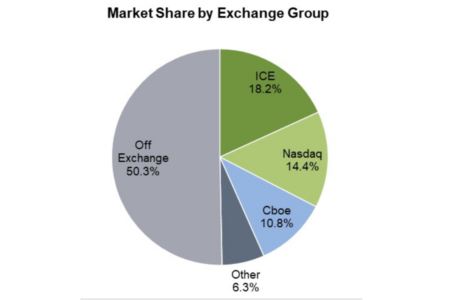Adam Wood, CEO of Turquoise, and Richard Worrell, co-head of equities trading, speak to Global Trading about market trends, the best of 2024 and what to expect from the London Stock Exchange Group in the year to come.
What have been the key highlights for the London Stock Exchange in 2024?
 Richard Worrell: Overall, it’s been a successful year for equities trading. While there continue to be challenges in the global marketplace, generally equity markets have traded higher, and volumes have improved.
Richard Worrell: Overall, it’s been a successful year for equities trading. While there continue to be challenges in the global marketplace, generally equity markets have traded higher, and volumes have improved.
At the London Stock Exchange, it was great to see the launch of physically backed and unleveraged Crypto ETNs, with Bitcoin and Ethereum as the underlying asset. Currently, they are open to professional investors only, but we will keep an eye on any change in this assets environment over time. We’ve also seen our average daily traded volume in ETPs rise overall by 28% year on year.
We’re focused on reducing barriers for retail trading and, effective 1 January 2025, we are waiving market data end-user fees for retail investors, allowing them to access real-time market data from both the London Stock Exchange and Turquoise. Having access to the latest, most accurate data available will drive more informed trading by investors in UK securities. We will be the first primary exchange to implement such a groundbreaking initiative.
Similarly, we have also waived fees for trading and clearing for retail brokers and intermediaries. These initiatives aim to significantly reduce the barriers to, and encourage more, retail trading on the London Stock Exchange.
On a more personal level, it’s been great to join the London Stock Exchange this year. I’ve adjusted to a new role on a different side of the industry and having worked on the buy and sell side, I’m now seeing so many new elements – and that’s been fascinating. I’m thankful to everybody that has helped guide me through such an interesting year.
 Adam Wood: Turquoise has had a good year. Looking at two of our order books, in particular our Turquoise Plato lit auctions order book, trading volume has more than doubled and share of trading and average daily value traded over 2024 has almost tripled. That’s really positive, as that’s very much a growing segment of the market.
Adam Wood: Turquoise has had a good year. Looking at two of our order books, in particular our Turquoise Plato lit auctions order book, trading volume has more than doubled and share of trading and average daily value traded over 2024 has almost tripled. That’s really positive, as that’s very much a growing segment of the market.
Another area that’s been really interesting this year is the trade-at-last session of our Turquoise Plato dark order books. We’ve seen continued growth this year, with six of our top ten record trading months occurring in 2024. The rise and growth of post-close sessions has been an interesting insight for us this year.
We’ve also been working closely on large block trades and our partnership with the Appital through the Appital Turquoise Book Builder, which posted its €70 million record trade this year. We’re seeing a lot more activity in that part of the market.
What trends do you think have been the most influential this year?
Richard Worrell: ETPs are not a trend anymore, they are a significant part of the industry, and an important area of growth for us. We’ve had three of our top five all-time trading days in ETPs this year, which shows how much the industry is growing. We’re constantly working to make sure that we’ve got the innovative order types and solutions to support the ETP market. We’ve seen increased usage of hidden order types and the growth of our RFQ 2.0 function has been phenomenal, the value traded has trebled year-on-year.
Closer working relationships/ partnerships with the buy side is helping us shape our strategy more than ever. Typically, we talk to primarily our members and historically we considered them our main client base, but the buy side is an incredibly important part of that. We always talk about our strategy being driven by a feedback wheel, and that wheel has a number of components. You have product innovation, client engagement and thought leadership, and as that cycle continues it’s further strengthened by our clients. My message to the market is to please keep coming to us with your feedback!
Adam Wood: The buy side is paying more attention as to how and where they execute. I think it’s a testament to that we welcomed a full house at our inaugural buy-side Forum last year.
As venues, we’ve usually engaged with our direct members, but the buy-side is one of the most important parts of the ecosystem. They’re often the end investors. Getting their feedback on how they are participating, how they want to participate, and what they want to understand, is vital.
One other trend that we touched on earlier is the continuing importance of retail in what we do from a trading perspective. It started a couple of years ago, and is gaining momentum, and I think we’ll see more retail activity in 2025.
Retail has become very important to our ecosystem. Everybody wants to understand more about it. When you talk to market participants, a lot of the conversations are about how to encourage more retail participation in European equities, and not just into the classic Magnificent Seven-type securities. We recently launched our ‘Rise of Retail’ video series’ discussing the work that is being done across the UK capital markets to support retail enfranchisement, touching on the latest innovations and regulatory reforms.
In Europe, on-venue retail participation is typically greater than in the UK. Turquoise launched Retail Max in 2023 for European trading activity, and we are now bringing this service onto our UK venue to give UK and Swiss investors access to the same service from early 2025, further enhancing its pan-European offering.
What are you expecting to see in 2025? What are your plans for the year?
Richard Worrell: Retail. Almost every meeting that I go to has a question on retail, whether it’s buy-side or sell-side, it comes up in every part of the industry. Having waived the fees for trading, clearing and market data, retail is going to be a big focus for us. As this builds, we also have to think about order book innovation for the London Stock Exchange to support the growth of retail activity.
We’d like to host more in-house events and further develop more active connections with the buy side. Deeper client engagement is a significant part of what we’re doing.
Adam Wood: From a Turquoise perspective, we expect to see continued product and tariff enhancements. We’ve been working hard on enhancements to our block trading offering that we look forward to bringing to the market. We will also be announcing a new tariff for our lit order books, which will make us one of the most competitive lit order books in Europe. We’ll certainly have some exciting things to talk about at the end of next year.
©Markets Media Europe 2024
TOP OF PAGE

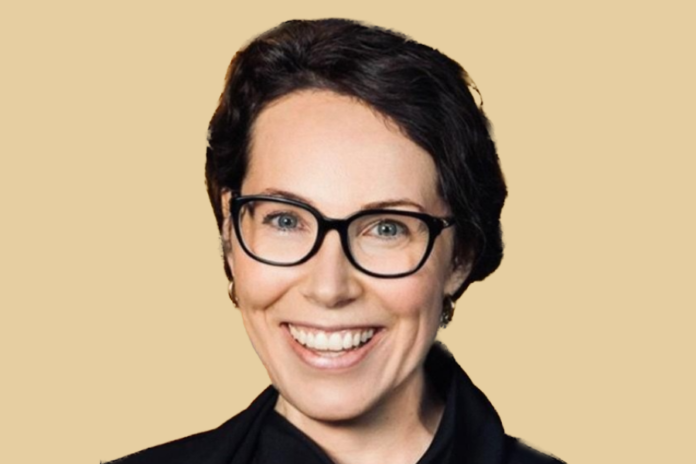
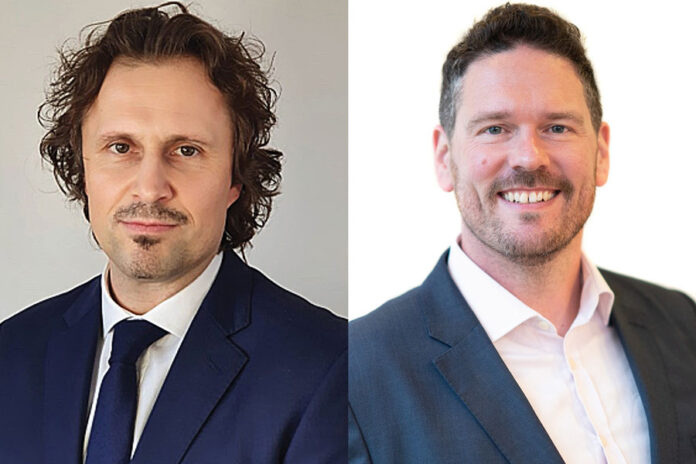
 Richard Worrell:
Richard Worrell:  Adam Wood:
Adam Wood: 